Food and Beverages Industry
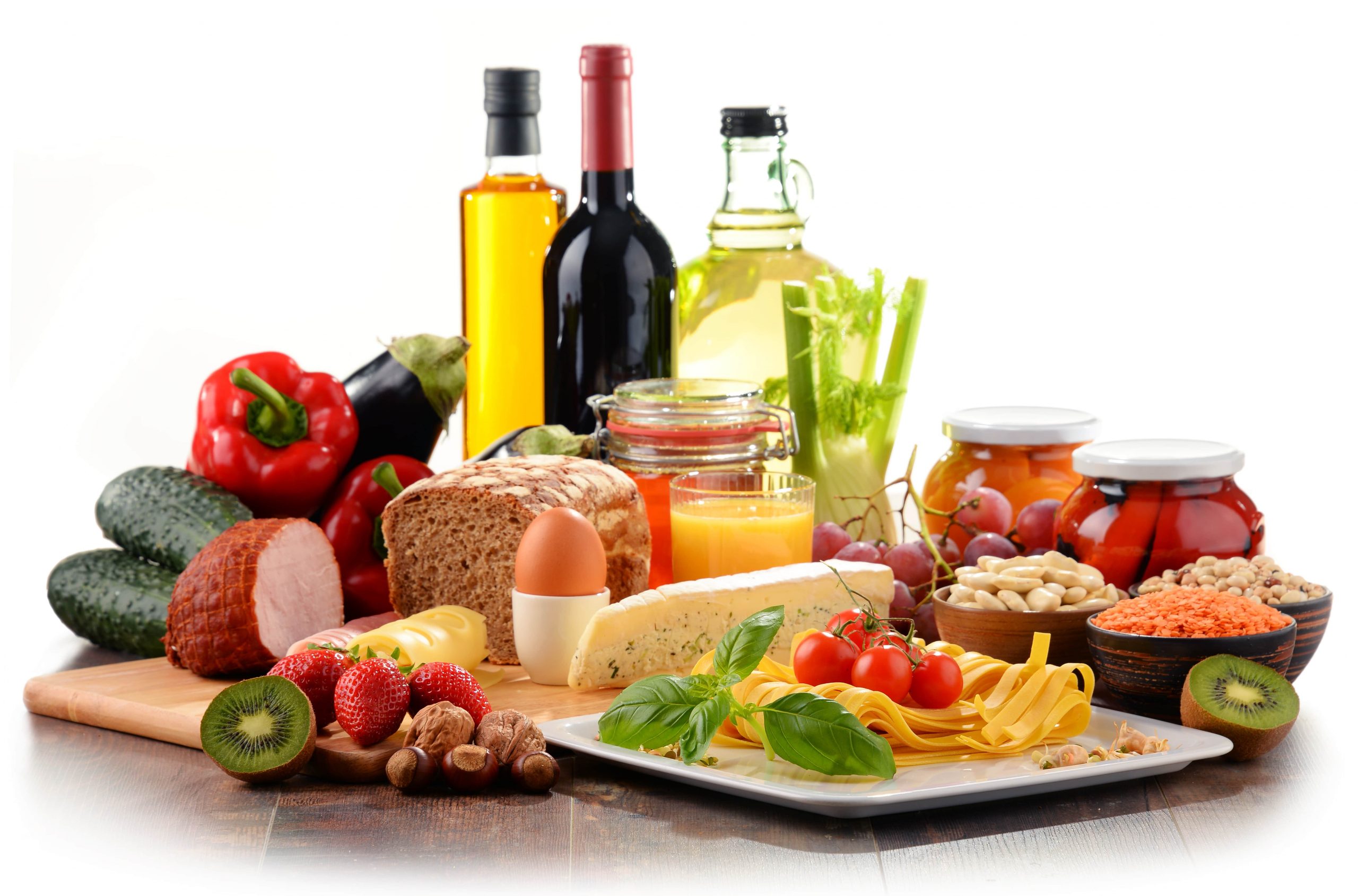
The first industrial use of activated carbon was in the food business, specifically in the sugar industry. In an English sugar refinery in 1794, wood-derived carbon was utilized for the first time. Today, activated carbons are utilized for a variety of applications ranging from the treatment of edible oils and fats to the application in the beverage industry such as fruit juices, wine, and beer industry, as well as food colouring such as E153. Moreover, activated carbon is also used for decolourization, removing dissolved organic compounds, and managing odour and taste.
Our tailor-made products are of consistent particle size distribution, high purity and optimum pH levels making them suitable and safe for diverse applications ranging from edible oil and sugar syrup decolourization, glycerine and alcohol purification, decaffeination, soft drinks manufacture, beer processing and fruit juice and other food derivatives purification.
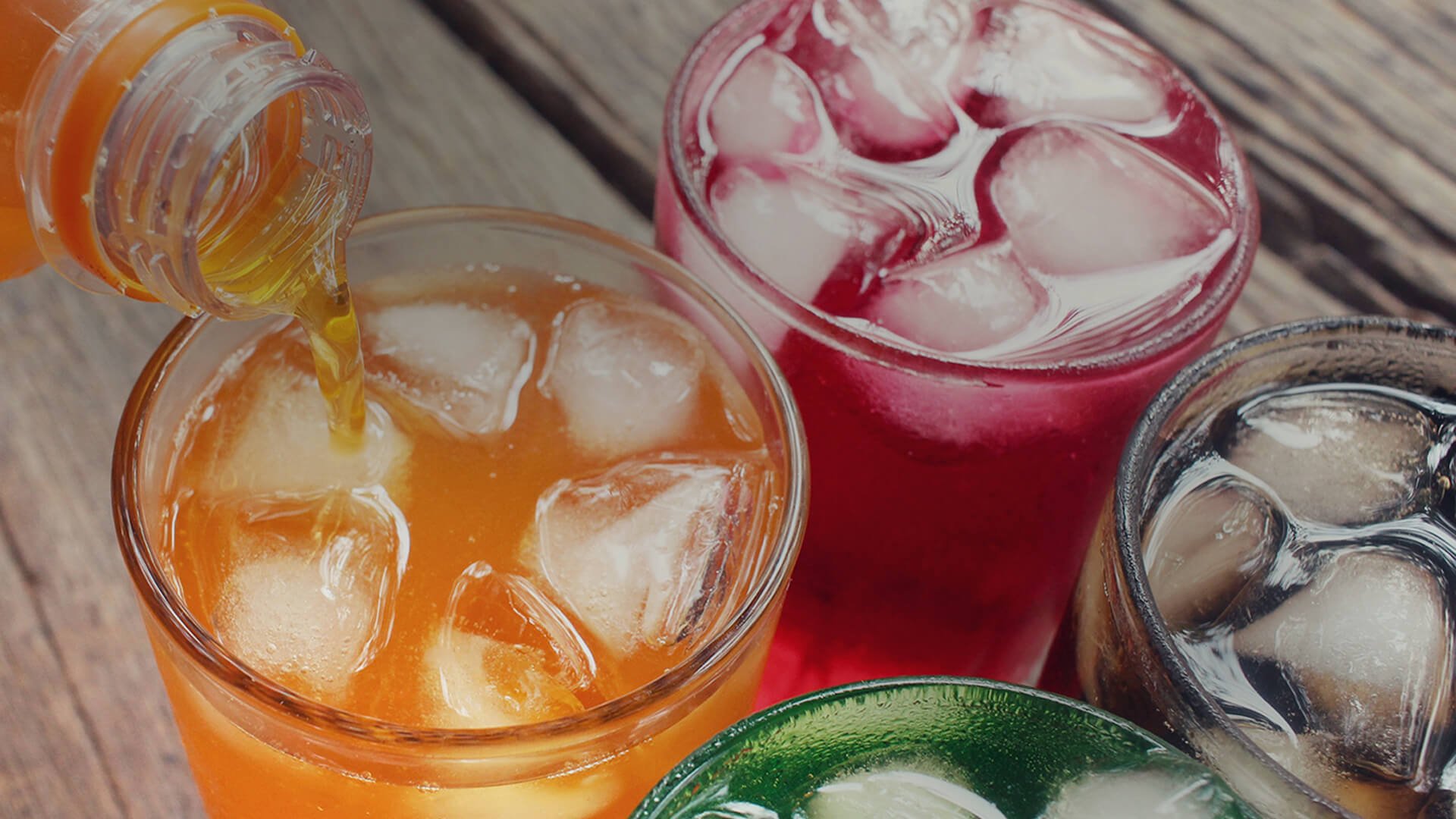
Soft drinks & Beverages
Water used to make beer, bottled water, and soft drinks is typically treated with activated carbon to guarantee that it fulfils the criteria of the beverage industry and food regulations. Our carbon products can remove a wide range of pollutants, undesirable substances, tastes, and odours.
Fruit Juice
Depending on the quality of the raw materials, there are higher levels of undesirable secondary components in the fruit juice industry. It is essential to understand the primary pigment for decolourization to decide on the best grade of activated carbon.
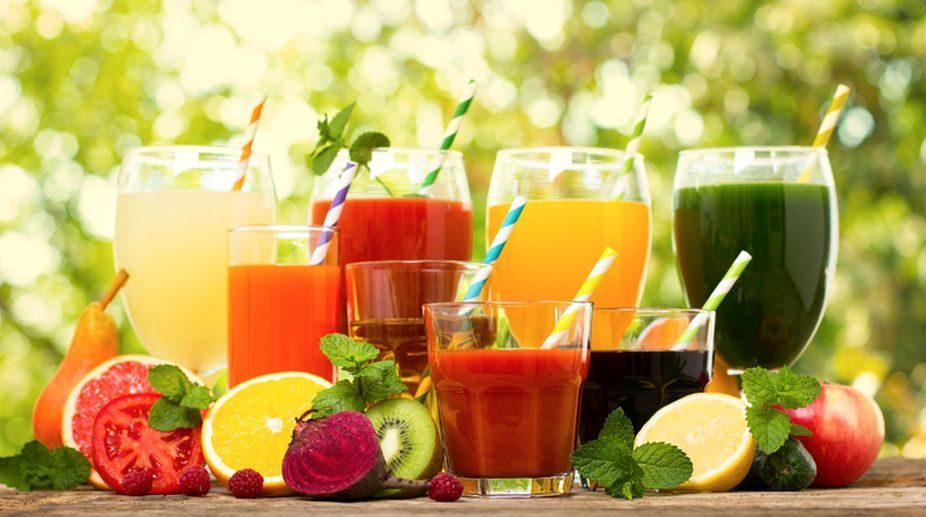

Beer & Wine
Beverage manufacturing frequently involves the use of activated carbon: it can be used to dechlorinate the process water used in bottling plants, purify the water or remove undesired components and pollutants, and alter flavour and colour. The grade of activated carbon will be chosen based on the task: chemically activated carbon types for decolourization or steam-activated carbon types for taste and odour control. One notable example is the use of powdered activated carbon to decolourize red wine to produce vermouth or white wine from dark grapes.
High-quality activated carbon characteristics, for example, are implemented in the creation of the finest spirits such as wine, beer, and vodka to purify taste and odour. It is primarily concerned with the elimination of acetaldehyde and branched alcohols that are produced.
Sugar Syrups, Dextrose, Fructose, and others
The primary focus of this sector is on the decolourization and purification of liquid sugars derived from cane sugars, fructose, or other saccharides. The intensity of the colour will aid the buyer in selecting an appropriate product. Steam-activated carbons are often only acceptable for light-coloured solutions. Darker syrups will benefit from chemically activated carbons.
To avoid the development of inverted sugar, the pH of the activated carbon will be adjusted to rebound into neutral. When consuming granular activated carbon in production processes, such as a column process, the ability to reactivate the activated carbon provides an economic and environmental benefit.
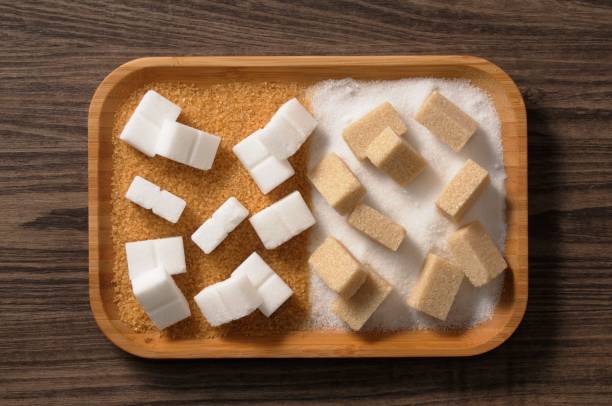

Glycerine
Activated carbon (AC) is typically utilized as an adsorbent in the purification of glycerine. However, after a lengthy period of use, the adsorption capacity of the resulting spent AC (SAC) reached saturation, affecting its adsorption effectiveness. During the final stages of purification (bleaching), activated carbon is used in granular and powdered forms to remove the remaining colour and odour. To reduce bulk colour and fatty acids, activated carbon can also be utilized in the main stage of crude glycerine purification.
Edible Oils
Powdered activated carbons are used in cooperation with earth bleaching piles for the removal of polycyclic aromatic hydrocarbons (PAH) such as benzo(a)pyrene and the decrease of natural colouring compounds in the treatment of edible oil and fats.
It is important to identify the type of oil to be treated to select the best product quality. Coconut and palm oil, for example, are becoming increasingly important in the European market and require suitable activated carbon properties. On the other hand, there are several duties in the treatment of fish oil where dioxins must be eliminated but no decolourization should occur.
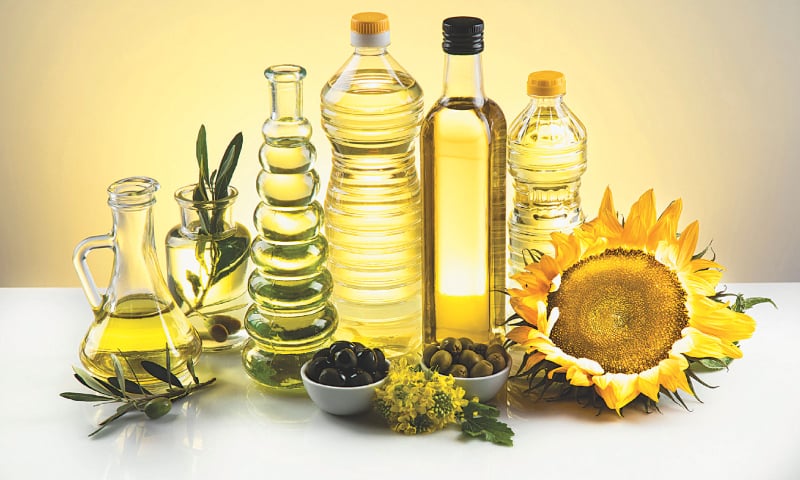
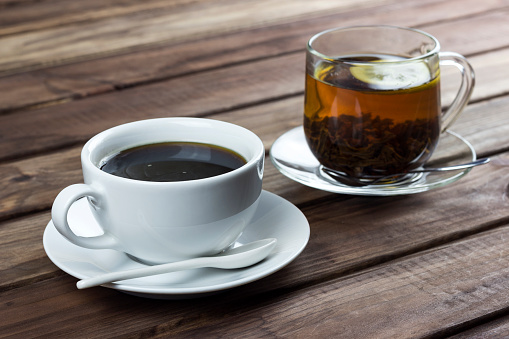
Coffee and Tea
The main aspect of the treatment of flavouring agents mostly is decolouration. The hydrolysed vegetable proteins are dark starting materials that require the use of chemically activated carbons, more cost-effective due to the high decolouration capacity. The optimisation of dosage and contact time shall be determined in preliminary tests under conditions as close to the real production processes as possible.
Our products can be utilized at the commercial level to decaffeinate tea, as well as normal off-the-shelf coffee and green coffee beans, while also creating a variety of carbons for industrial-level manufacturing of low-caffeine products.


